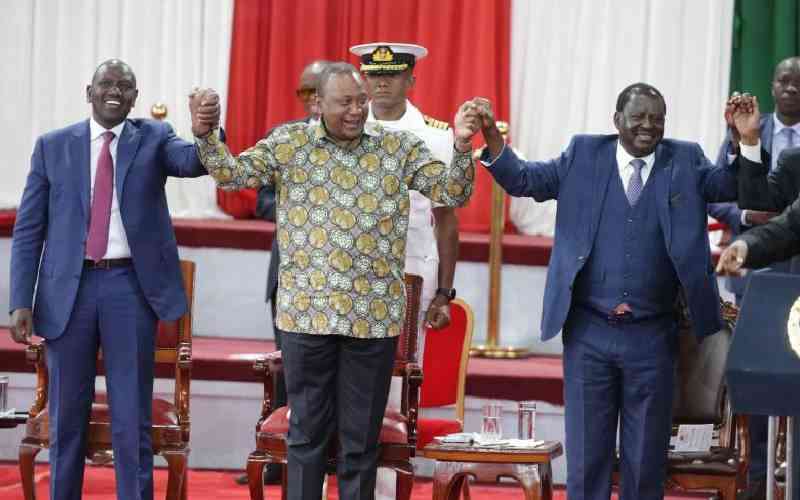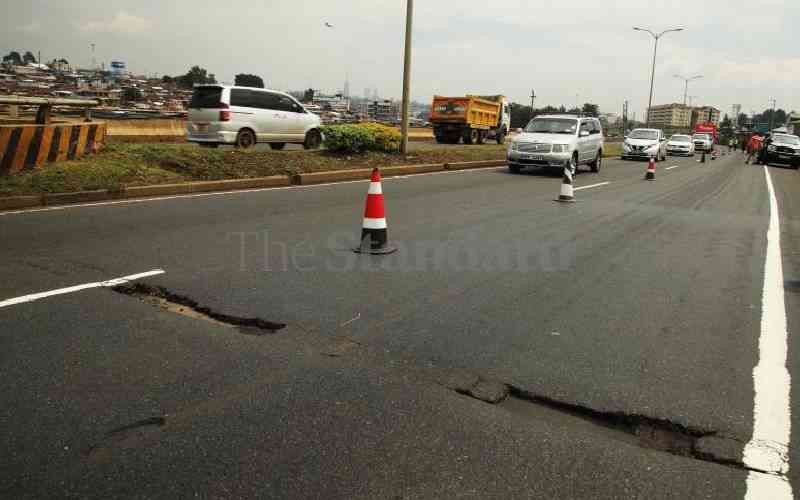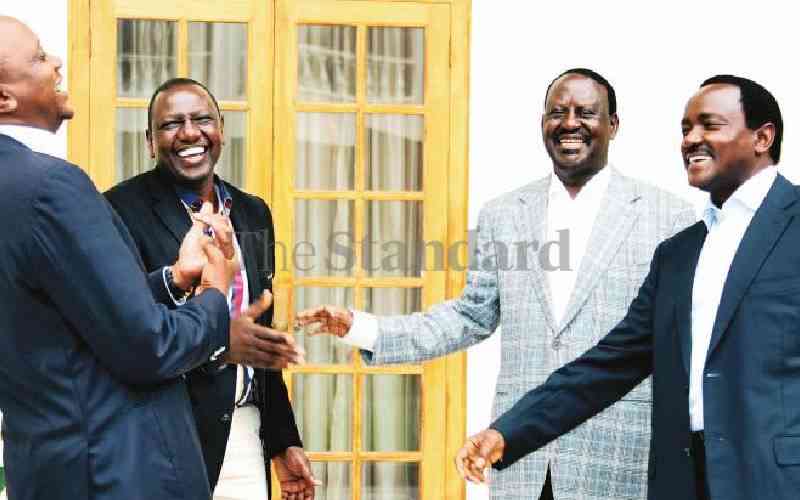By WAHOME THUKU
One of the most memorable events in Kenya’s history will be the March 4, 2013, General Election that ushered Uhuru Kenyatta in as the fourth President of Kenya and William Ruto as his deputy.
While reviewing that election, the period between March 4 and April 9, 2013 will remain a prime moment for historians and political analysts.
This was the period between which the elections were held and Uhuru and Ruto were sworn into office at the then Moi International Sports Centre, Kasarani.
For the better part of that period, tension gripped the entire country as Kenyans awaited the outcome of an election petition filed by Cord leader and former Prime Minister Raila Odinga, who was Uhuru’s main challenger in the polls.
The Independent Electoral and Boundaries Commission (IEBC) declared Uhuru the winner of the presidential elections on March 9 at the Bomas of Kenya.
He had garnered 6,173,433 votes against Raila’s 5,340,546 and secured 8,000 votes above the constitutional threshold of 50 per cent of all the votes cast plus one vote hence avoiding a run-off.
Raila immediately disputed the results, accusing the IEBC of facilitating massive rigging. The announcement threw the country into a state of panic, bearing in mind that a similar dispute in the 2007 elections had led to violence in which about 1,500 people were killed and property worth millions destroyed.
Raila filed a petition at the Supreme Court to challenge the results. The respondents in the petitions were Uhuru, Ruto, the IEBC and its chairman, Isaack Hassan, who was the presidential elections returning officer.
Forensic audit
He filed an elaborate application to have a forensic audit of the entire IEBC IT system. This included 14,000 laptops, 30,000 voter registration kits and thousands of transmission handsets. The application was opposed by the respondents as a sideshow.
The court rejected the application. It also rejected an 839-page affidavit filed by Cord, raising new allegations of electoral irregularities against the IEBC.
The judges ruled that the affidavit had been filed without permission of the court and contrary to the rules of engagement.
The petition that was consolidated with another that was filed by a local NGO, Africog, was heard for two days during which all the sides made their oral submissions.
On March 30, 2013, the Supreme Court delivered the long awaited verdict. The court declared Uhuru and Ruto validly elected after garnering 50.07 per cent in the final tally. The judges held that the elections were free, fair, transparent and credible and complied with the Constitution.
Stay informed. Subscribe to our newsletter
They dismissed the two petitions challenging their elections but allowed one seeking determination that the rejected votes should not have been factored into the final presidential tally.
The two-page decision was read at 5pm by Chief Justice Willy Mutunga in the presence of the other five judges. It was a five-minute affair that closed the 2013 presidential election contest.
Raila immediately announced that though he did not entirely agree with the determination, he would abide by the verdict of the court.
On April 9, Uhuru and Ruto were sworn in at Kasarani.
 The Standard Group Plc is a
multi-media organization with investments in media platforms spanning newspaper
print operations, television, radio broadcasting, digital and online services. The
Standard Group is recognized as a leading multi-media house in Kenya with a key
influence in matters of national and international interest.
The Standard Group Plc is a
multi-media organization with investments in media platforms spanning newspaper
print operations, television, radio broadcasting, digital and online services. The
Standard Group is recognized as a leading multi-media house in Kenya with a key
influence in matters of national and international interest.
 The Standard Group Plc is a
multi-media organization with investments in media platforms spanning newspaper
print operations, television, radio broadcasting, digital and online services. The
Standard Group is recognized as a leading multi-media house in Kenya with a key
influence in matters of national and international interest.
The Standard Group Plc is a
multi-media organization with investments in media platforms spanning newspaper
print operations, television, radio broadcasting, digital and online services. The
Standard Group is recognized as a leading multi-media house in Kenya with a key
influence in matters of national and international interest.








